


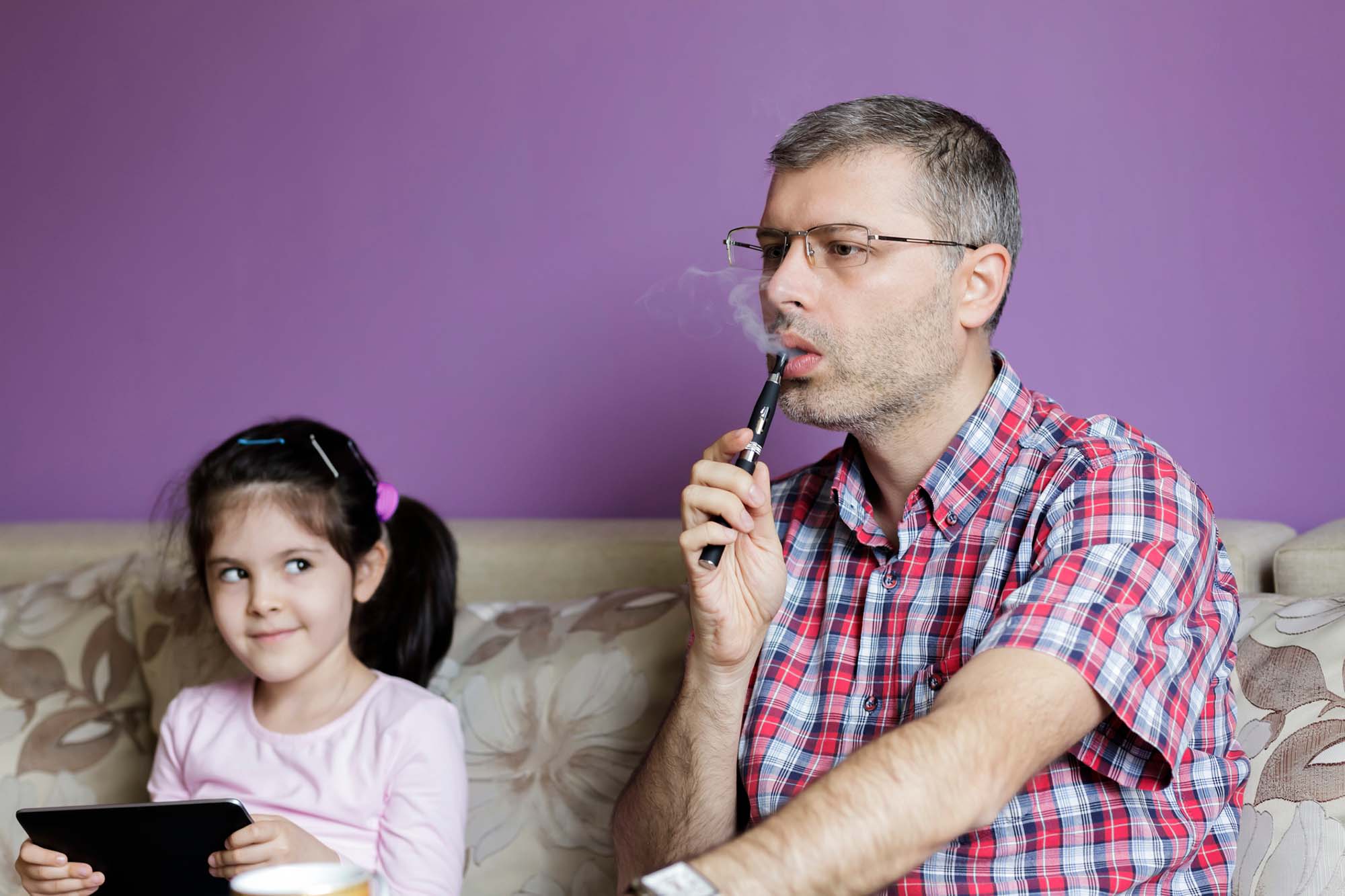

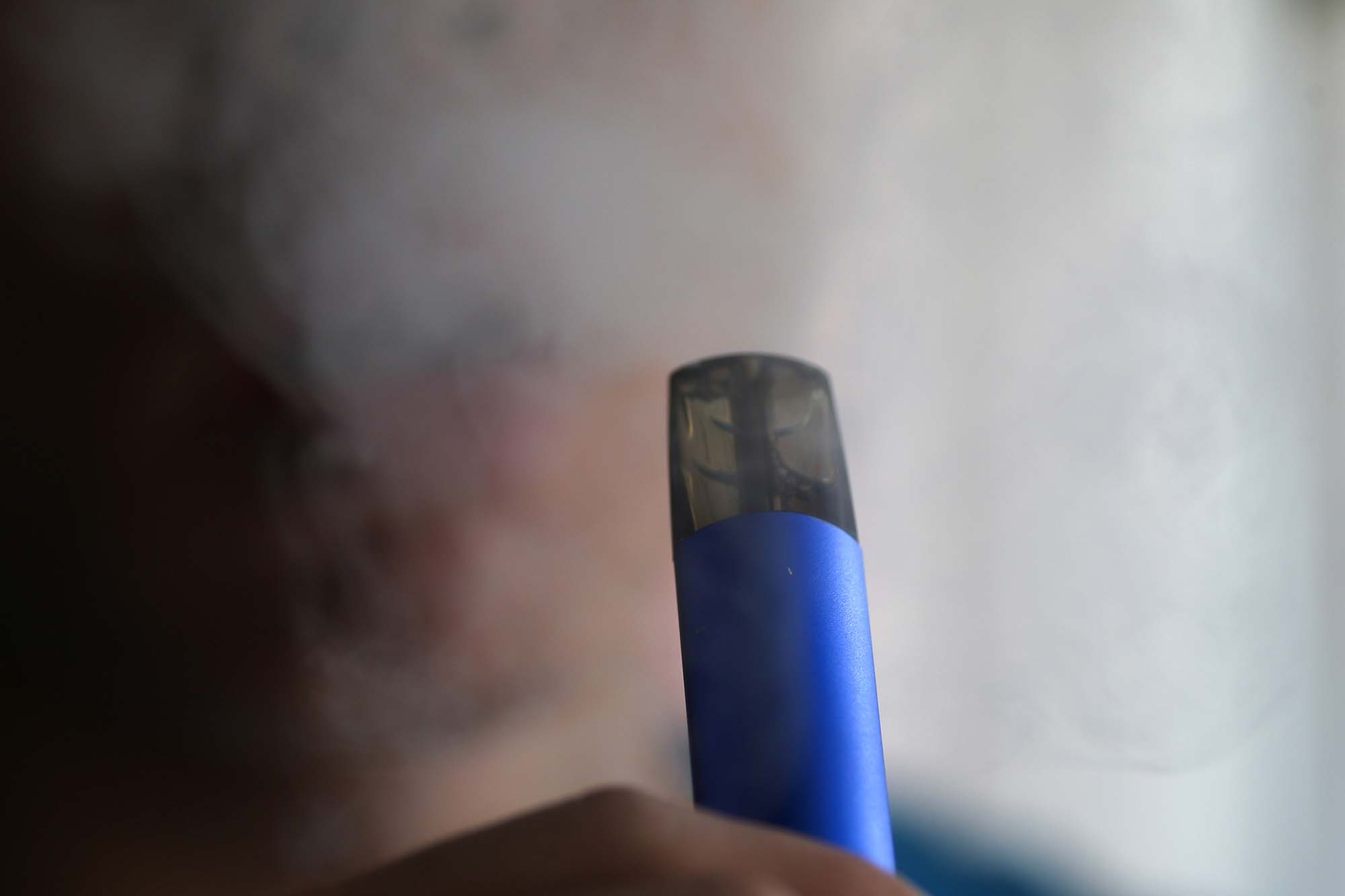


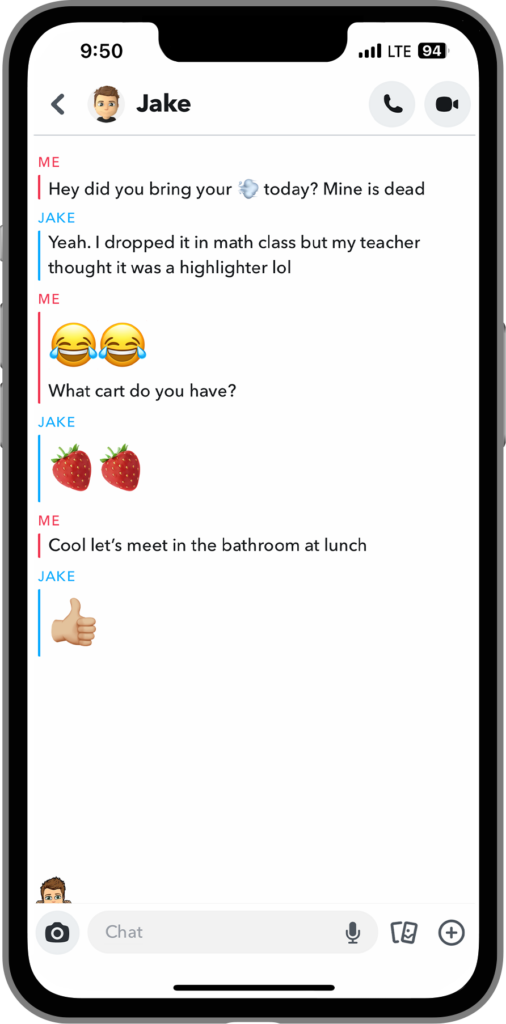
Vaping poses significant dangers to the health and well-being of young individuals. It’s important to be aware of the terminology commonly used when discussing vaping, as it can provide insights into their engagement with this risky behavior. Awareness of the terminology can help parents better understand and communicate with teenagers during vaping-related conversations.
Vaping poses significant dangers to the health and well-being of young individuals. It’s important to be aware of the terminology commonly used when discussing vaping, as it can provide insights into their engagement with this risky behavior. Awareness of the terminology can help parents better understand and communicate with teenagers during vaping-related conversations.

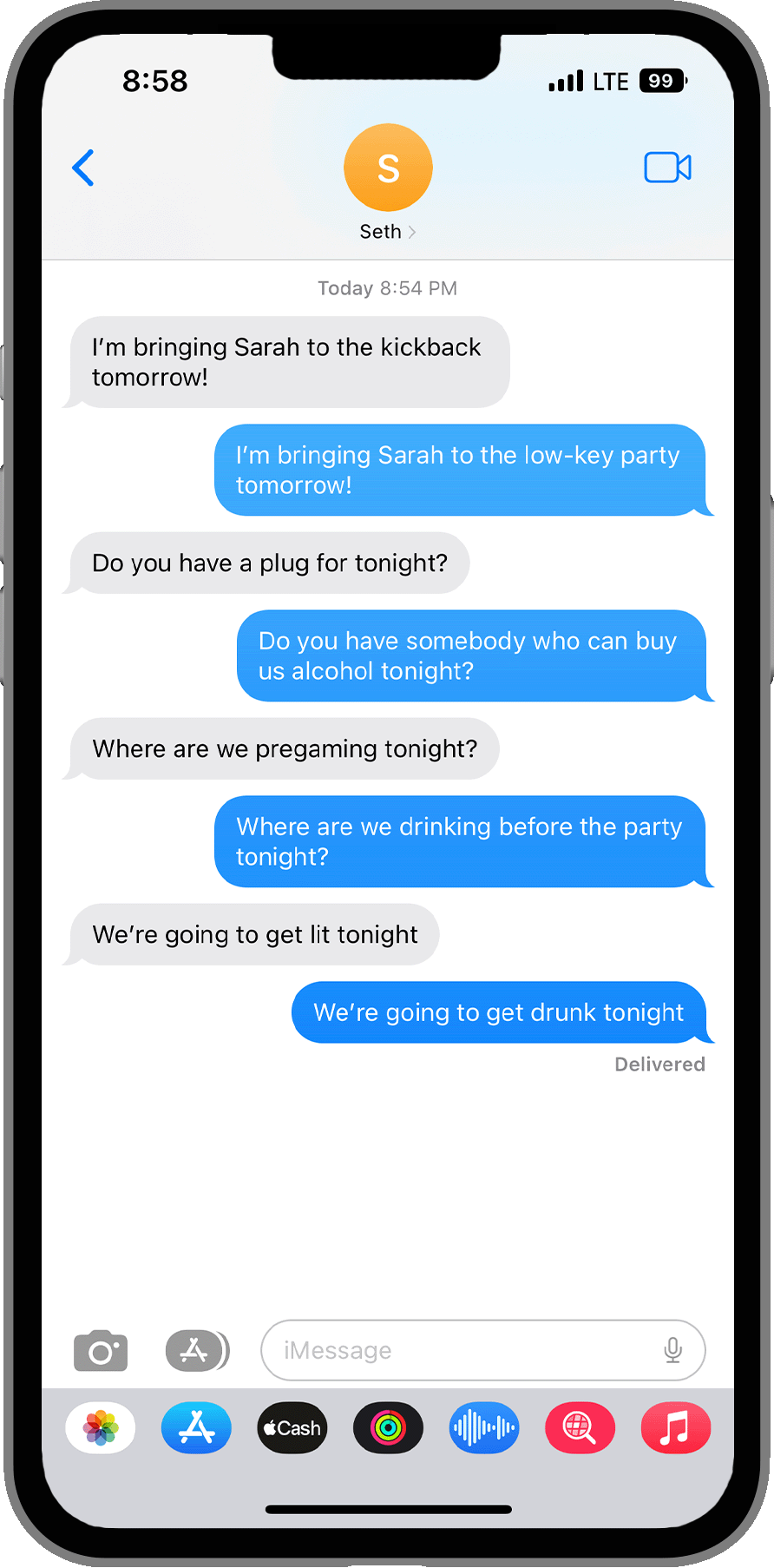
Now that you know the basics of having awesome conversations, it’s time to spot the warning signs that your child might be giving off, indicating that it’s time to step in and start a chat. We always suggest being proactive rather than reactive, so just click the slider to the left to get a better idea of the signs your child might be showing.
According to Wyoming state law, anyone under the age of 21 is not allowed to purchase nicotine or tobacco. However, vaping devices and e-liquids are readily available through various channels, making it incredibly easy for adolescents to obtain them without much resistance. Vape shops, convenience stores, and even some gas stations often fail to enforce strict age restrictions, allowing adolescents to purchase vaping products. Peer-to-peer transactions and sharing among friends also contribute to the ease of access, further amplifying the problem. Additionally, adolescents are likely to get it from parents/siblings who vape themselves.
Vaping, despite its widespread popularity, carries hidden dangers, particularly for adolescents who may be unknowingly subjecting themselves to harmful substances. One of the most significant concerns is that young users might not fully comprehend what they are vaping. Often, flavored e-liquids and vape pods can mask the fact that they may contain nicotine, a highly addictive substance. Vapes can also contain harmful chemicals, heavy metals and volatile compounds. Even more alarming is the risk of unknowingly inhaling dangerous compounds like THC, the psychoactive component of marijuana, CBD, or synthetic cannabinoids, all of which can have severe adverse effects on developing brains. It is crucial to raise awareness and provide guidance to safeguard the health and well-being of our young population.
Identifying vaping involves recognizing the use of electronic devices that produce aerosols from heated liquids, often containing nicotine or other substances. Common signs include exhaling dense clouds, discreetly holding a small device, and a sweet or fruity scent. Vigilance is essential, especially among teenagers, to promote informed health choices.
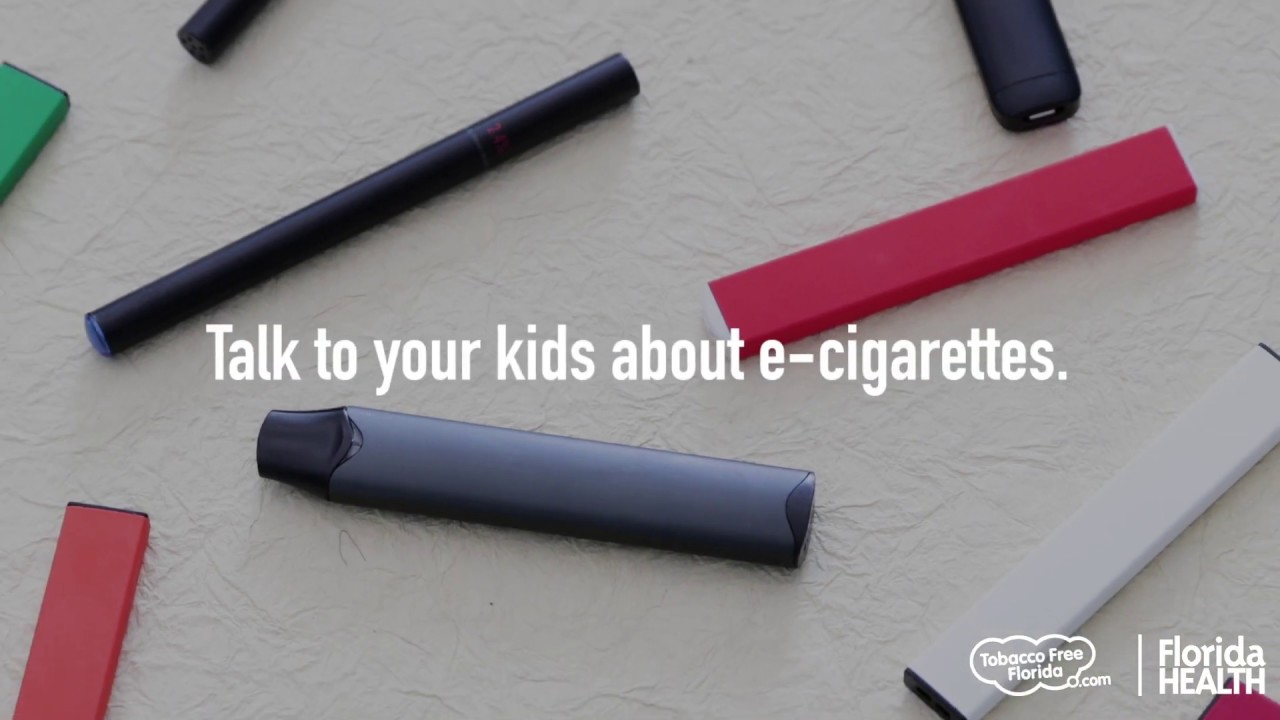
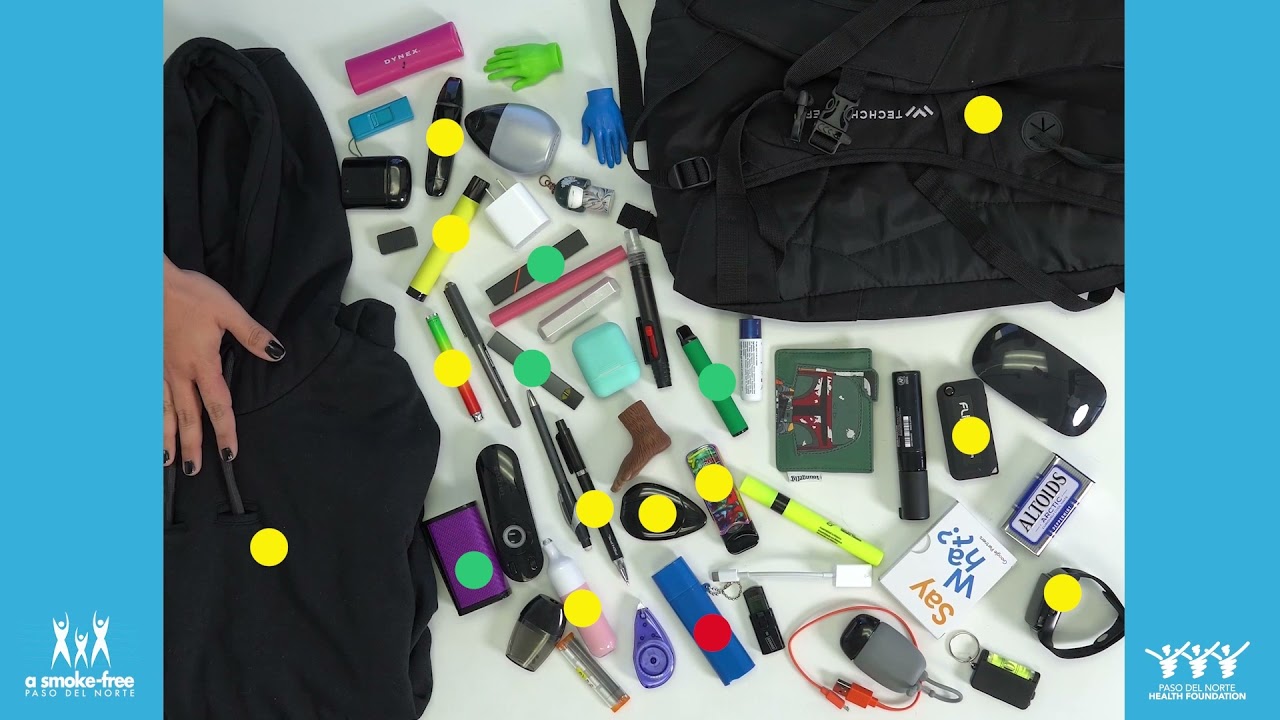
Time and place is one of the most pivotal parts of great dialogue. By asking some simple open-ended questions, you can get a better sense of if your child is in a good state of mind to have a conversation with you. Here are some examples of ways to check the pulse of your child’s openness to conversation:
Note: If your child does not respond in a positive manner, it’s okay. Try asking a pulse check question another day.
How has your day been?
Anything interesting happening lately?
How are you feeling about school/work lately?
What's been on your mind lately? Anything you want to talk about?
Is there anything this week you’re looking forward to?
How was _____ (school, sporting event, etc.) this week?
How has your day been?
Anything interesting happened?
How are you feeling about school/work lately?
What's been on your mind lately? Anything you want to talk about?
Is there anything this week you’re looking forward to?
How was ____ (school or sport event, etc) this week?
Initiating conversations about the risks associated with vaping among middle schoolers is extremely important. This particular phase of their lives is characterized not only by physical changes but also by exposure to various influences and new experiences, requiring a proactive approach to address this topic. The goal is to engage in these discussions before any indications of vaping or its detrimental effects become a significant concern. Remember, these conversations should be ongoing and tailored to suit the needs and maturity level of your middle schooler. Encourage them to ask questions and provide a secure and supportive environment for open dialogue. If you have immediate concerns or if your child expresses involvement in vaping or addiction, it is crucial to seek professional help promptly. Here are some talking points to consider when discussing the risks of vaping:
During high school, it’s important to prioritize discussions about the dangers of vaping. Engaging in ongoing conversations about vaping prevention becomes essential, as teenagers often face peer pressure and are constantly exposed to vaping. As parents, it is vital to approach these conversations with a non-judgmental attitude, establishing a safe and open space for dialogue. By offering understanding and providing accurate information, we can effectively support our teenagers and help them navigate the challenges they may encounter. If you have immediate concerns or if your child expresses involvement in vaping or addiction, it is crucial to seek professional help promptly. Here are some talking points to consider when discussing the risks of vaping:
As your child enters young adulthood, they encounter various challenges and pressures, including those related to vaping. Create a supportive environment where your child feels comfortable discussing their thoughts and experiences. Talk about their curiosity or interest in vaping, the health risks associated with it, the influence of marketing tactics, and any peer pressure they may have encountered. Addressing misconceptions and discussing reasons why young people are drawn to vaping can provide valuable insights to you as a parent. Here are some talking points to consider when discussing the risks of vaping:
Our objective is to empower you with practical measures to start the conversation regarding the hazards of vaping. This checklist offers a systematic approach to tackling these pressing concerns. By being well-prepared, you can actively engage with your children, foster trust, and encourage responsible decision-making, ultimately diminishing the likelihood of vaping and its potential repercussions.
Our objective is to empower you with practical measures to start the conversation regarding the hazards of vaping. This checklist offers a systematic approach to tackling these pressing concerns. By being well-prepared, you can actively engage with your children, foster trust, and encourage responsible decision-making, ultimately diminishing the likelihood of vaping and its potential repercussions.
Our objective is to empower you with practical measures to start the conversation regarding the hazards of vaping. This checklist offers a systematic approach to tackling these pressing concerns. By being well-prepared, you can actively engage with your children, foster trust, and encourage responsible decision-making, ultimately diminishing the likelihood of vaping and its potential repercussions.
All children are different, and as parents, we understand you are doing your best. It is okay if you don’t know how to deal with a situation and if through your conversation you find your child needs help, here are some local resources. Use the regional map to find assistance in your area, or please head to our contact page. If you are in an immediate crisis call or text 988.

Time's up

WYWETALK is committed to providing resources and support to help parents and guardians navigate these difficult topics. Through education and prevention initiatives, we can help our children make informed decisions that will keep them safe and healthy. Join us in this important effort to protect our kids and promote a brighter future for our communities

https://www.sweetwaterpreventioncoalition.com/
Prevention Specialists: Shae Bell and Jason Lux
facebook.com/CarbonCountyProjectPrevention
Prevention Specialist: Tracy Young
Prevention Specialist: Brittany Wardle and Angela Vaughn
Anne Petroski
The Comprehensive Community Coalition
facebook.com/GoshenCountyPrevention
Prevention Specialist: Lynette Saucedo
Prevention Specialist: Hailey Bloom
Mercer House:
ncpreventioncoalition.net
shixon@mercercasper.com
Community Prevention Coalition of Teton County
https://www.facebook.com/CPCTetonCounty
Prevention Specialist: Beverly Shore
Bill Hawley
Campbell County Prevention Council:
Campbell County Suicide Prevention Coalition:
Prevention Specialist:
21 Alliance Prevention Coalition
facebook.com/WestonCountyPrevention
Prevention Specialist: Kristi Lipp
Be Well Coalition
Prevention Specialist: Katie Allen
Healthy Park County
Prevention Specialist: Wendy Morris
Big Horn County Prevention Alliance
Prevention Specialist: Travis Sylvester
Alliance for Substance Abuse Prevention of Sheridan County
facebook.com/ASAPSheridanCounty
Sheridan County Suicide Prevention Coalition
Prevention Specialist: Ann Perkins